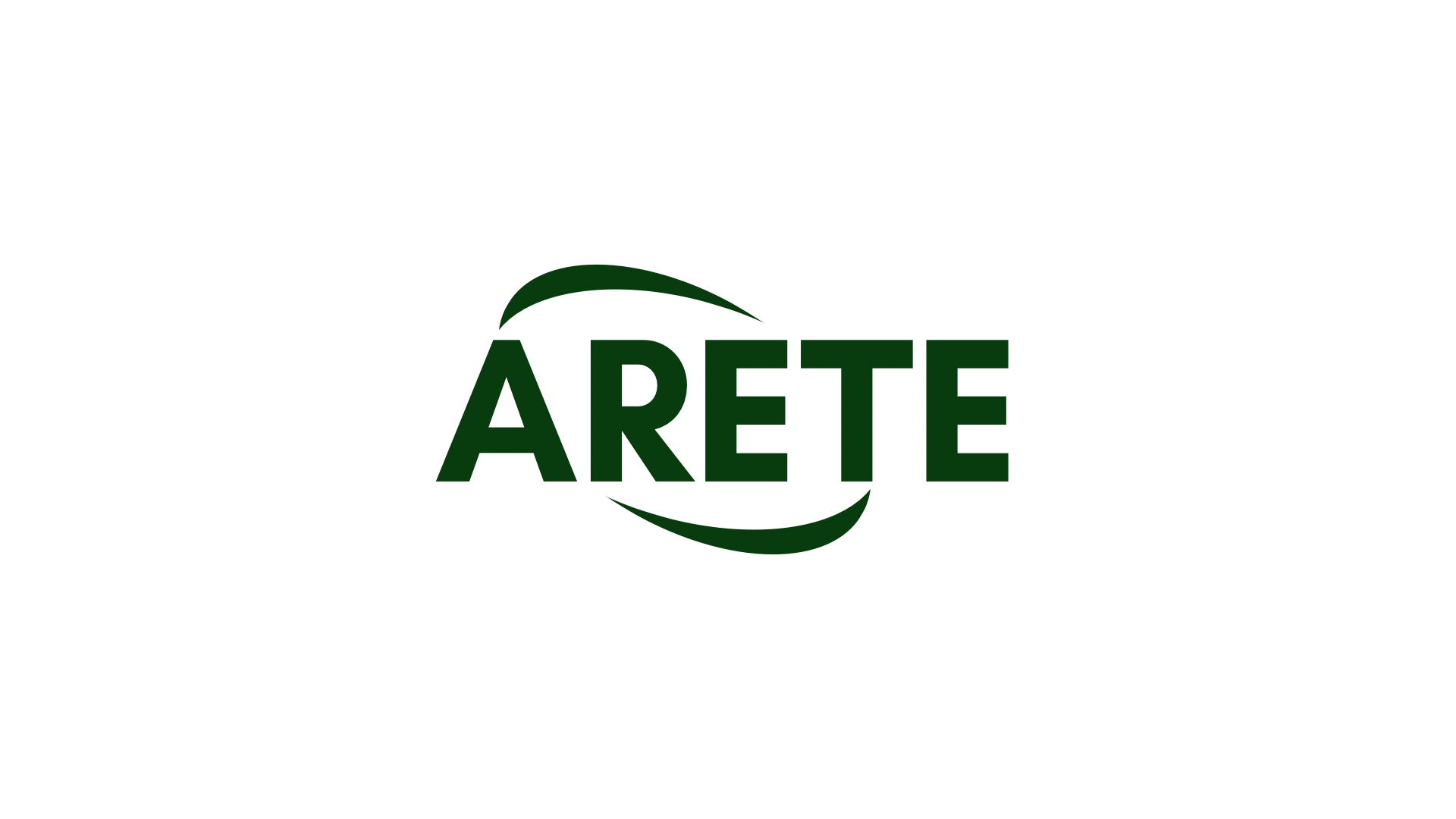The Balancing Act of Cryptocurrency Layer 2 Scaling: Addressing the Challenges of High Gas Fees and Risk
The cryptocurrency landscape has evolved significantly over the past few years, with the rise of layer 2 scaling solutions aiming to mitigate high gas fees associated with the traditional Ethereum network. However, this push for more efficient and cost-effective transactions has not gone unnoticed, as it also presents several challenges that need to be addressed.
What are Layer 2 Scaling Solutions?
Layer 2 scaling solutions enable users to build applications on top of layer 1 (mainchain) blockchain networks like Ethereum, without the high fees associated with the mainchain. These solutions utilize off-chain transactions and more advanced consensus mechanisms to reduce gas costs. Some of the most popular layer 2 scaling solutions include Optimism, Polygon, and Solana.
Gas Fees: The Main Challenge
One of the primary concerns with layer 2 scaling is the extremely high fees associated with traditional Ethereum transactions. According to data from Etherscan, the average transaction fee on Ethereum has increased by over 500% in just a few years. This makes it difficult for users to access blockchain networks without breaking the bank.
Risk Management: A Critical Consideration
High gas fees also have significant implications for risk management in the cryptocurrency space. When transactions are processed quickly and cheaply, it increases the likelihood of exploits being executed by malicious actors. This can lead to a decrease in trust and confidence in the market, making it more challenging for new projects to gain traction.
Layer 2 Scaling Solutions: Mitigating High Gas Fees
While layer 2 scaling solutions offer significant benefits, they also present several challenges that need to be addressed:
- Scalability
: Layer 2 scaling requires a large number of nodes to process transactions efficiently. This can lead to increased latency and higher fees.
- Security: With more complex consensus mechanisms comes the risk of security vulnerabilities.
- Interoperability: Layer 2 scaling solutions often require integration with mainchain networks, which can be challenging.
Risk Management in Layer 2 Scaling
To mitigate high gas fees and minimize risk, cryptocurrency developers can employ several strategies:
- Diversify transactions: Breaking down transactions into smaller components can reduce the overall cost of processing.
- Utilize off-chain mechanisms: Leverage off-chain solutions like layer 3 scaling or decentralized finance (DeFi) protocols to reduce on-chain fees.
- Implement robust security measures: Regularly update and patch software, and use secure communication protocols to minimize the risk of vulnerabilities.
Conclusion
Layer 2 scaling is a crucial step in bridging the gap between traditional blockchain networks and more efficient applications. While high gas fees are an inherent challenge associated with this technology, they also present significant opportunities for innovation and growth. By understanding the complexities of layer 2 scaling solutions and implementing robust risk management strategies, developers can unlock new possibilities while minimizing the risks.
As the cryptocurrency landscape continues to evolve, it is essential to address these challenges head-on. The future of blockchain lies in its ability to scale efficiently, secure effectively, and mitigate high gas fees associated with traditional transactions.

